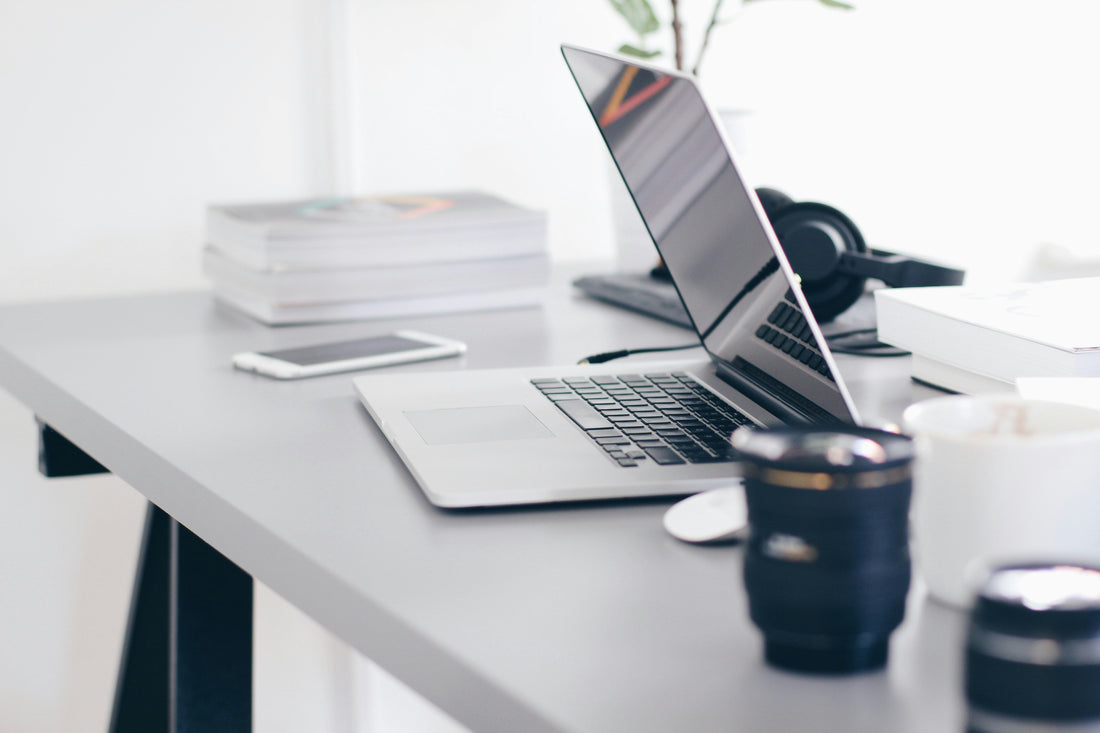How Understanding Your Circadian Rhythm Can Unlock Higher Productivity
When we think about productivity, most of us jump straight to what needs to get done—prioritizing tasks, making to-do lists, finding the right tools. But there's another dimension of productivity that often goes overlooked: timing.
More specifically, your timing.
Chronotype: The Productivity Secret Hiding in Your Body Clock
Behind the scenes of your daily routine is your circadian rhythm—a 24-hour internal clock that governs cycles of alertness, sleepiness, mood, and even metabolism. It’s why you feel sleepy at night, hungry at certain times, or sharp and focused during specific hours of the day.
But here’s the catch: not everyone’s clock runs the same.
Some people naturally wake up energized and ready to dive into deep work before 9 a.m. Others struggle to think clearly before noon but find their creative stride in the late afternoon or evening. These patterns aren't laziness or lack of discipline—they're rooted in your chronotype, or your body’s unique circadian preference.
How to Find Your Chronotype
Not sure whether you're a morning lark, night owl, or somewhere in between? One scientifically validated way to find out is by using the Morningness-Eveningness Questionnaire (MEQ)—a widely used tool in circadian research. Based on your responses, it classifies you into categories like definite morning type, intermediate, or definite evening type. Knowing your chronotype helps you better align your activities—like deep work, exercise, or sleep—with your natural energy curve.
Click here to take the test!
Why When Matters Just as Much as What
Trying to force productivity outside of your natural rhythm is like swimming upstream. You might still get things done, but it takes more effort, feels more draining, and usually leads to burnout over time.
Instead, research shows that aligning your tasks with your circadian rhythm can dramatically improve focus, motivation, and even performance quality.¹
| Task Type | Ideal Time | Why |
|
Deep focus, problem-solving |
Morning (for early types); Afternoon (for late types) |
Matches peak alertness and working memory |
|
Creative thinking |
Late morning or early evening |
When the brain is more relaxed and less inhibited |
|
Routine/admin work |
Early afternoon or low-energy times |
Requires less cognitive effort |
|
Exercise |
Depends on rhythm; often late afternoon |
Core body temperature and strength tend to peak⁴ |
|
Sleep |
Same time each night |
Consistency helps strengthen your rhythm |
How to Optimize Your Day Around Your Rhythm
Whether you’re a morning lark, a night owl, or somewhere in between, here are a few ways to harness your circadian rhythm for smarter productivity:
- Observe your energy patterns: Track when you naturally feel most focused vs. when you tend to hit a slump.
- Schedule important tasks for your peak hours: Use your high-energy windows for work that requires brainpower.
- Use light strategically: Light is the most powerful cue for setting your circadian rhythm. Morning light can help you wake up earlier; evening light can help you delay sleep if needed.
- Be consistent: Regular sleep and wake times reinforce your rhythm—and that consistency boosts next-day performance.⁵
Light as a Tool for Productivity
One powerful (but often underused) way to shift and strengthen your circadian rhythm is through targeted light exposure. At Lumos, we design wearable light technology that helps people adjust their rhythm for better sleep, energy, and yes—productivity.
Whether you're managing jet lag, working night shifts, or just want to stop crashing at 3 p.m., aligning your body clock can be a game-changer. In conclusion, don’t just think about what you’re doing. Start thinking about when—because timing really is everything.

